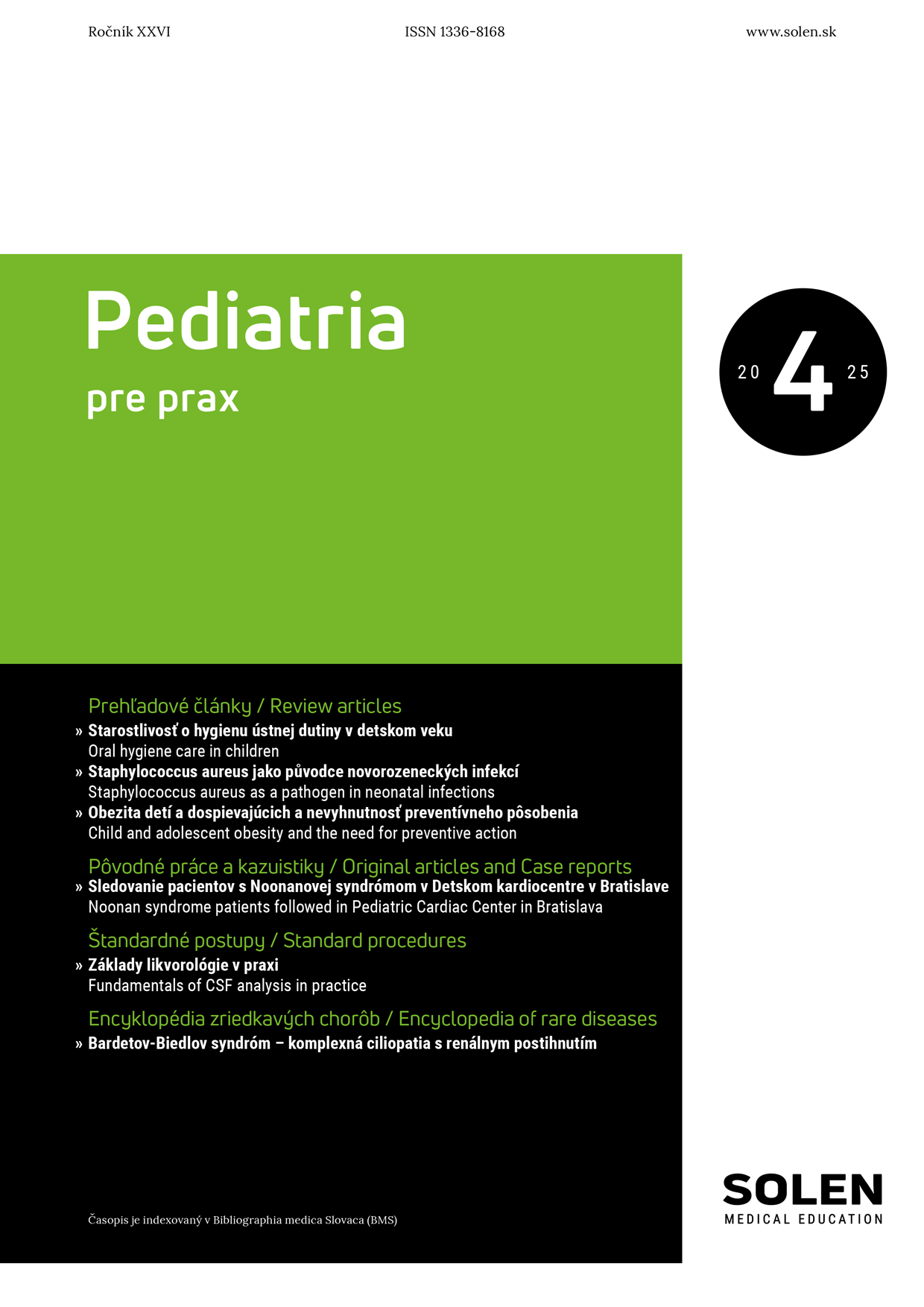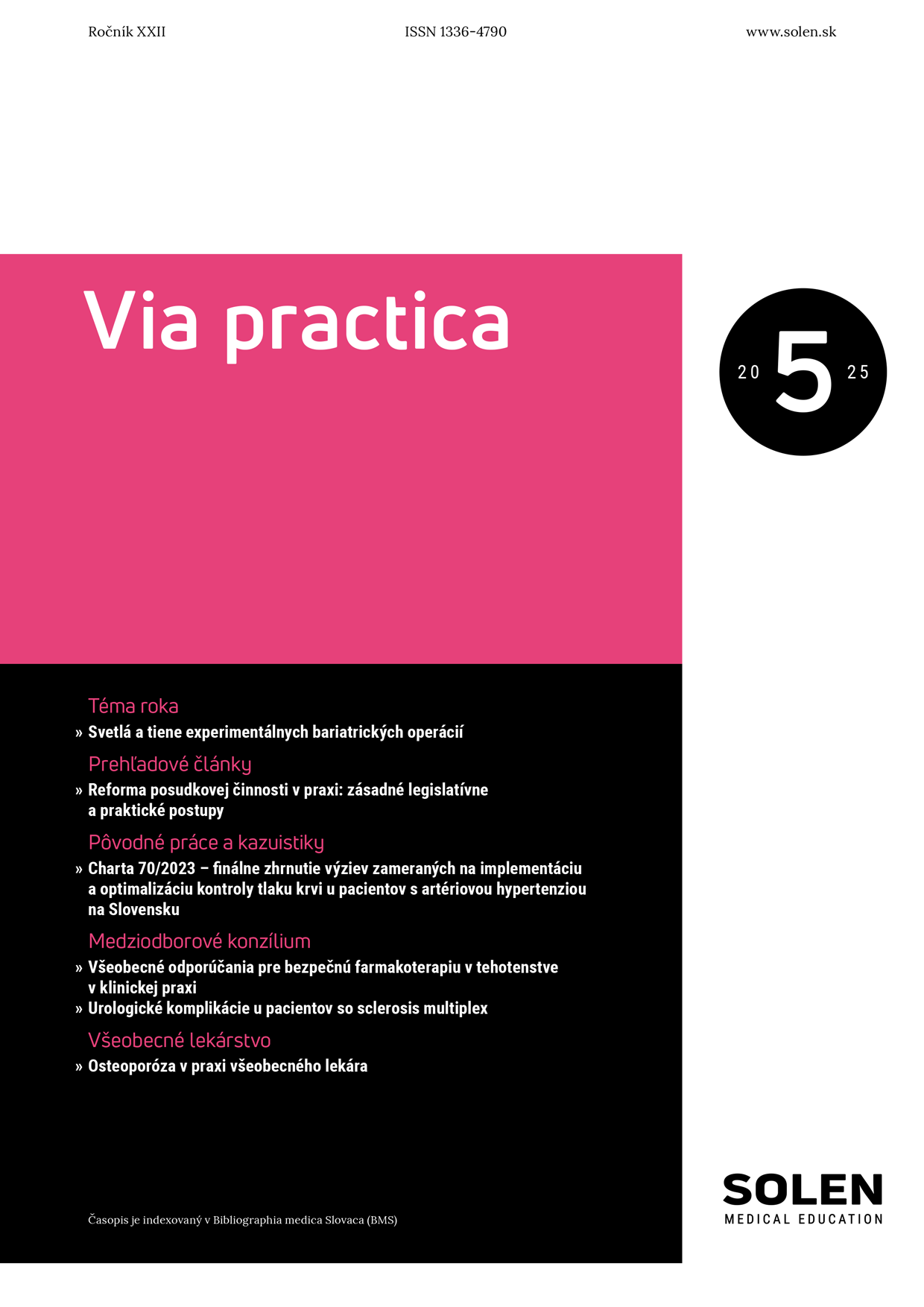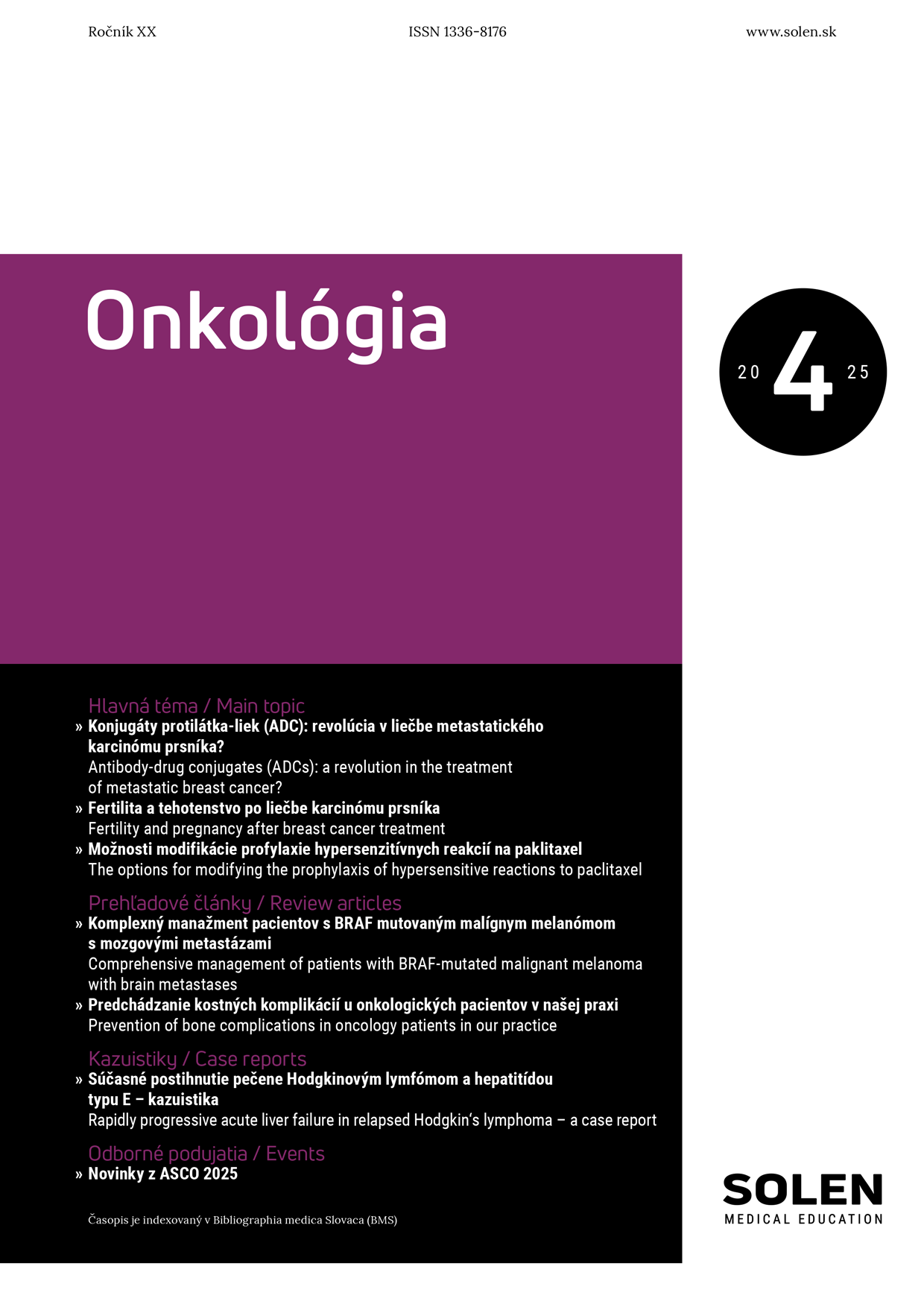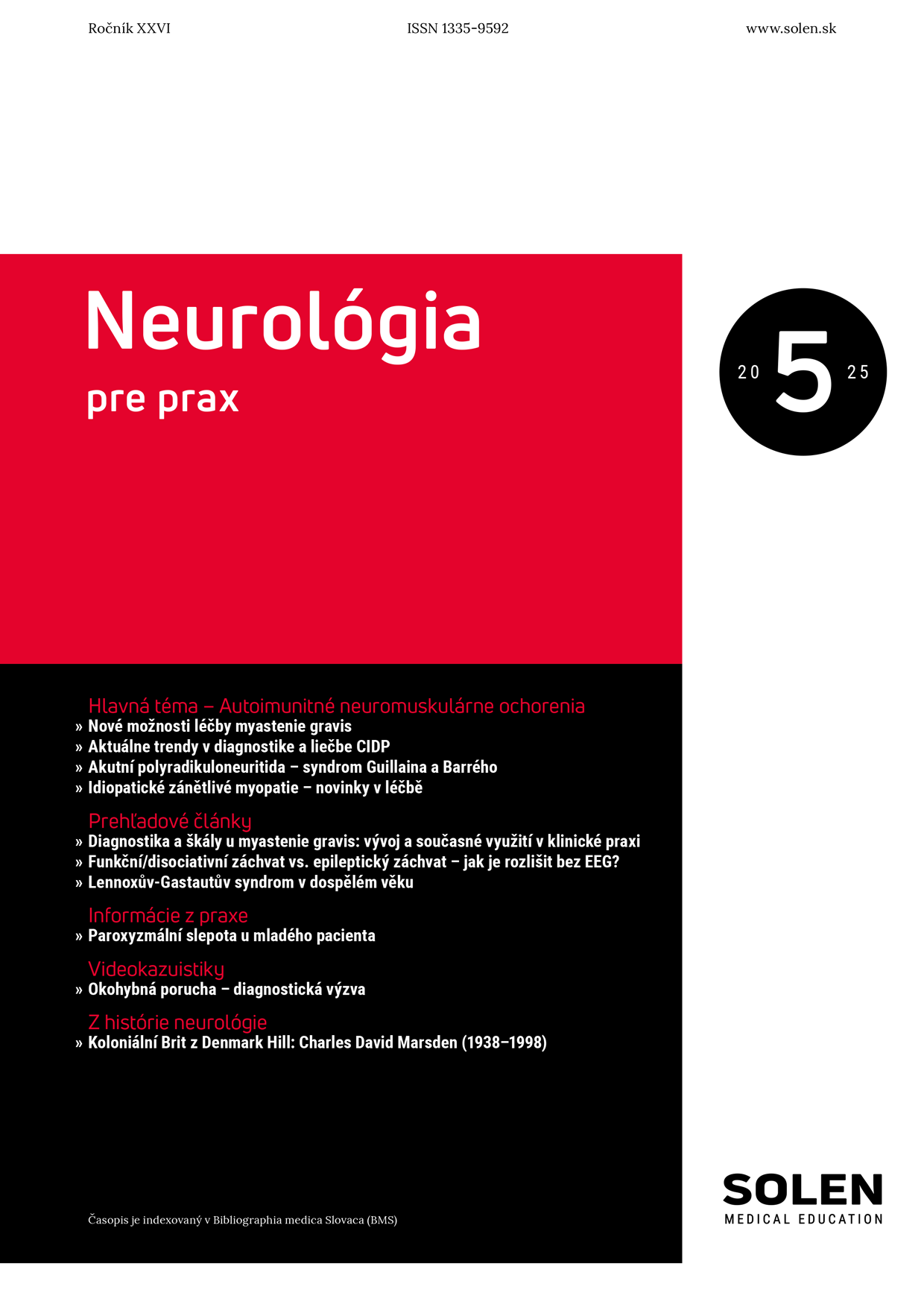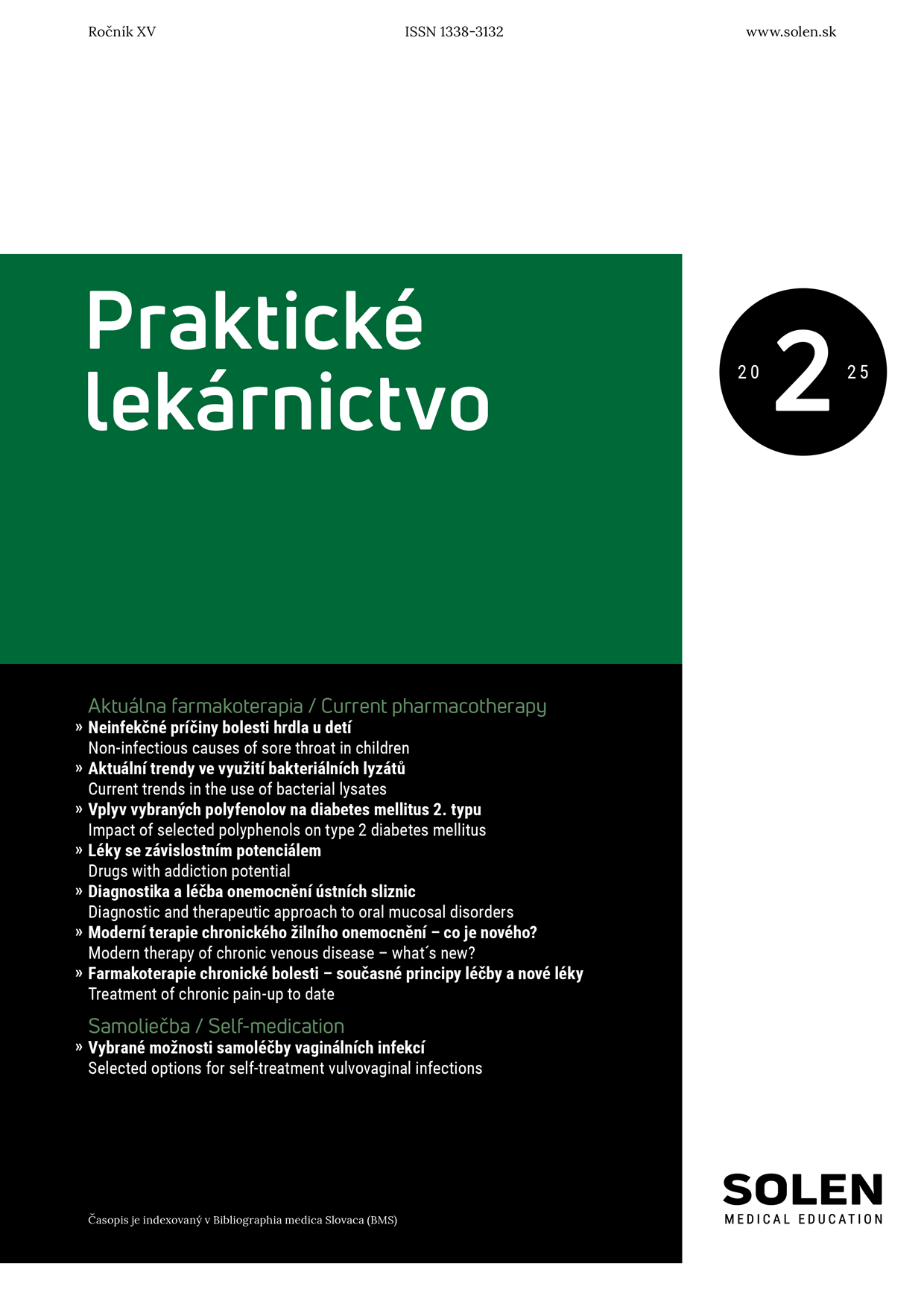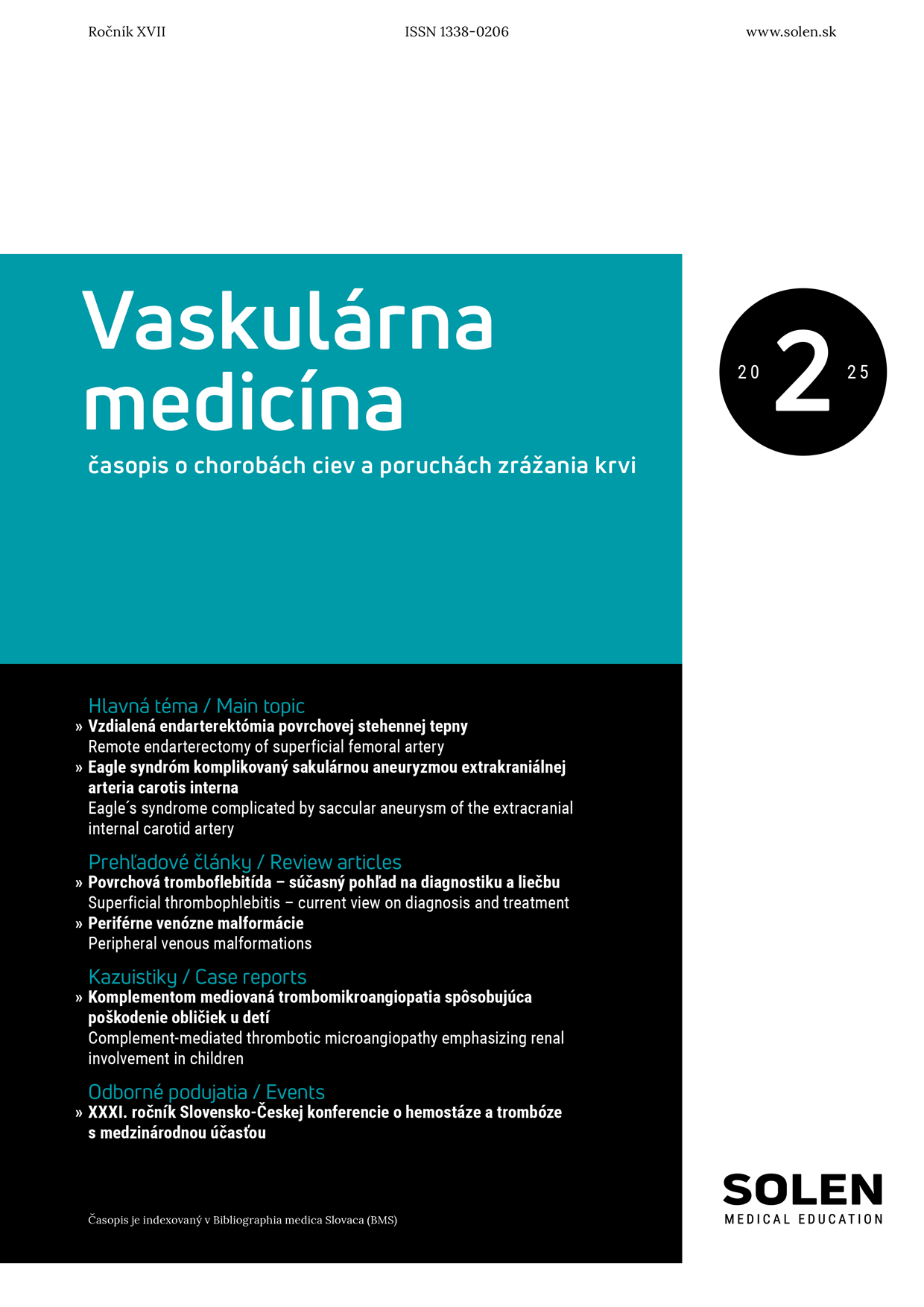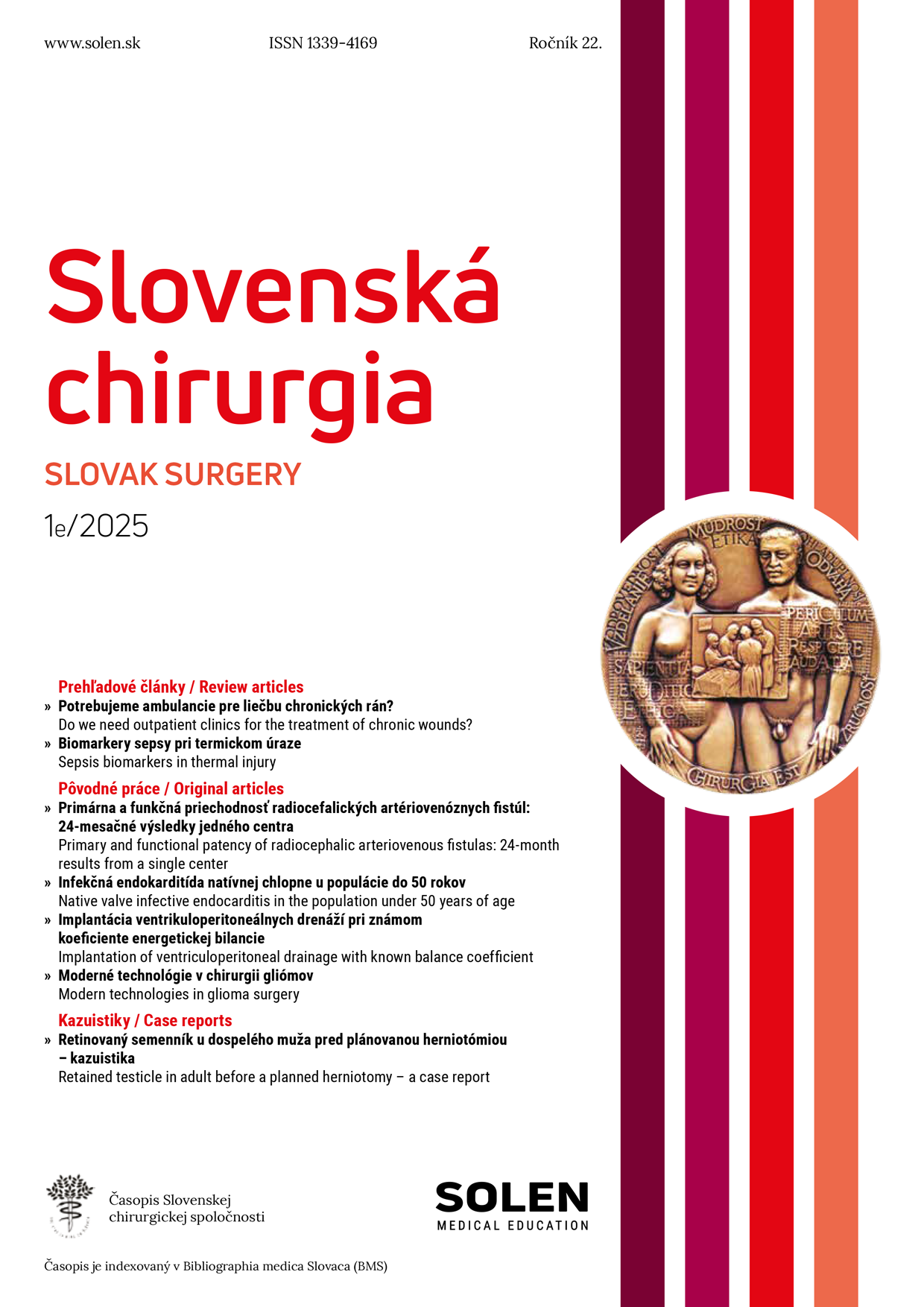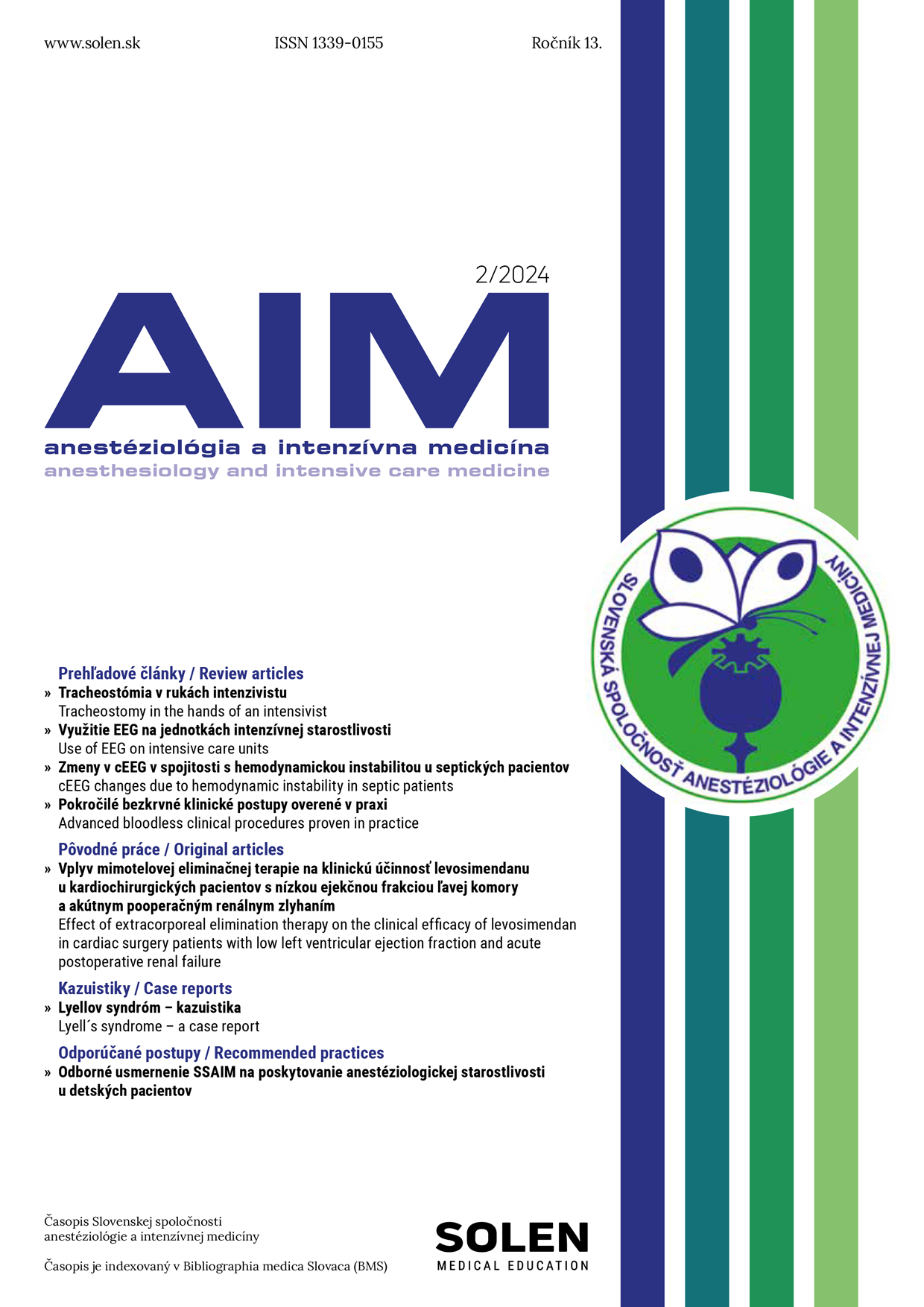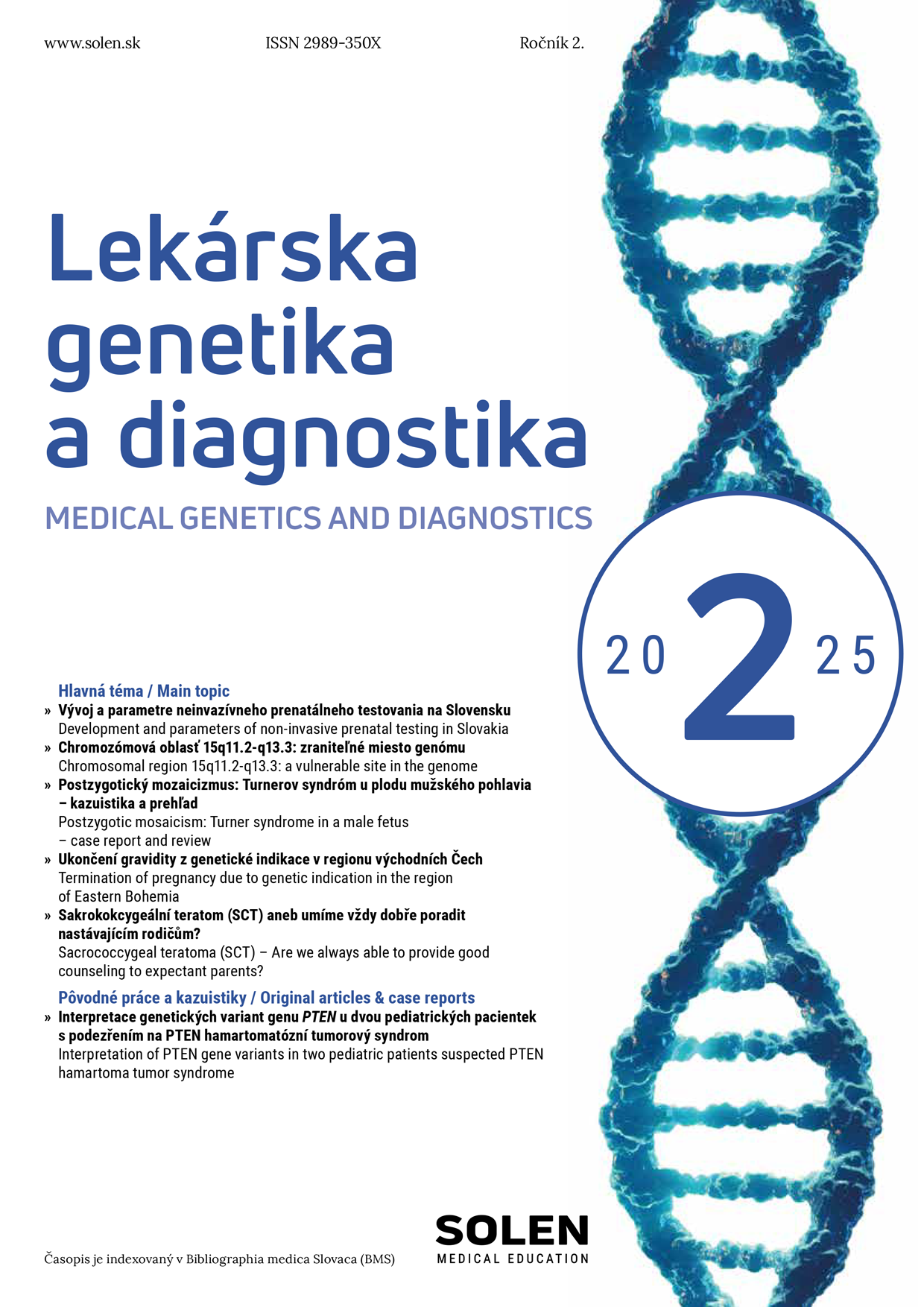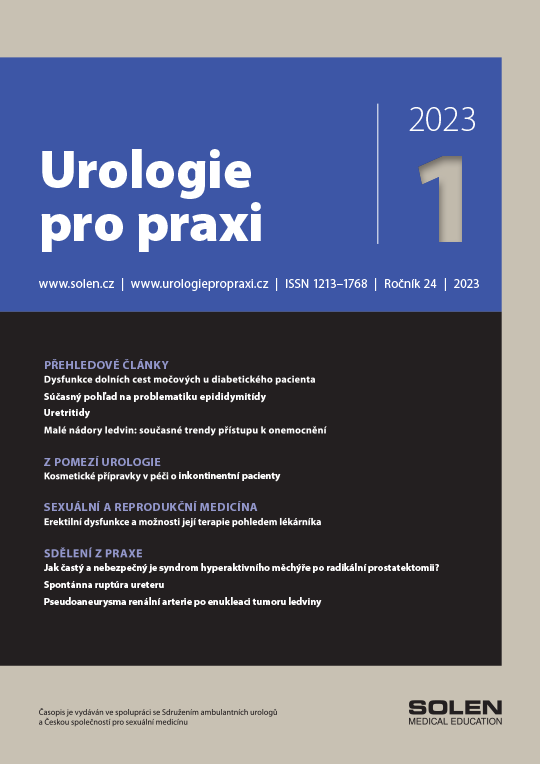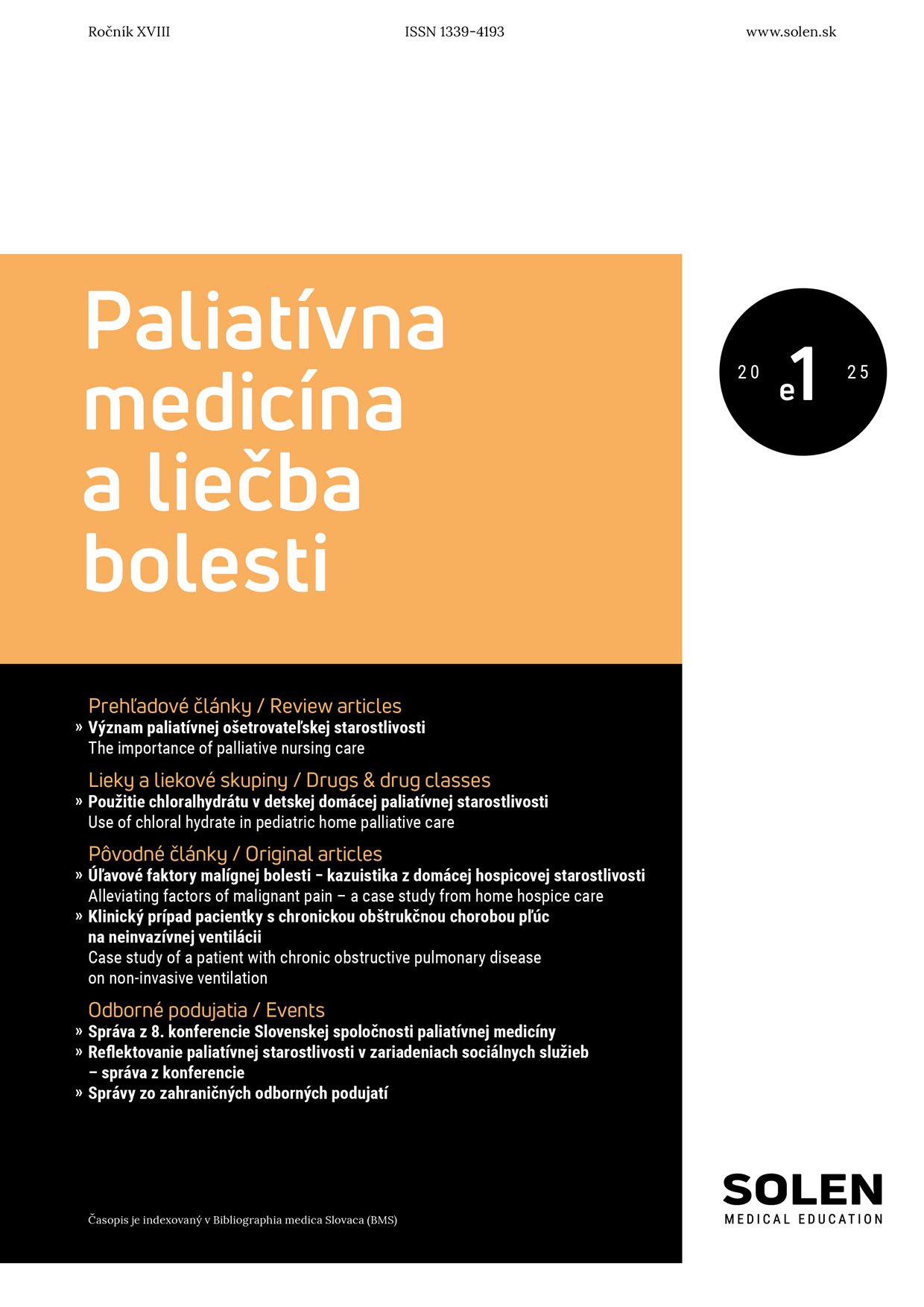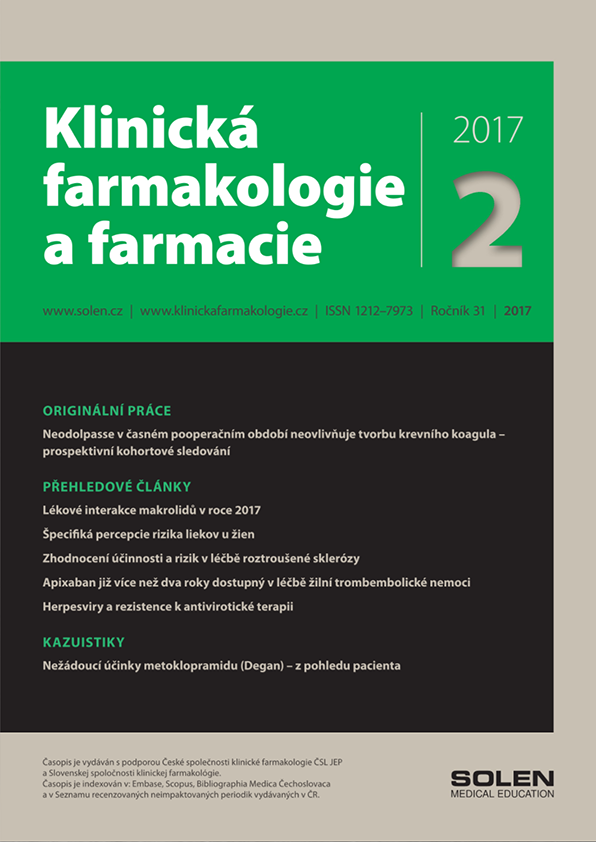Vaskulárna medicína 1/2025
Chirurgická liečba komplikácií po endovaskulárnych výkonoch
MUDr. Peter Štefanič, PhD., MBA, DBA, MUDr. Jakub Mihaľov, MUDr. Lukáš Vaško, PhD., MUDr. Mária Kubíková, PhD., Doc. MUDr. Martina Zavacká, PhD., MPH.
Úvod: Endovaskulárna liečba sa stala významnou metódou pri liečbe rôznych cievnych ochorení, akými sú aneuryzmy, stenózy a oklúzie ciev. Aj keď je oveľa menej invazívna ako tradičné chirurgické prístupy, aj endovaskulárna liečba nesie so sebou určité riziká a potenciálne komplikácie. Tento článok sa zameriava na najčastejšie komplikácie spojené s endovaskulárnymi procedúrami a na spôsoby ich manažmentu na Klinike cievnej chirurgie Východoslovenského ústavu srdcových a cievnych chorôb (VÚSCH), a. s.
Súbor pacientov a metódy: V rokoch 2021 až 2023 vrátane sa vo VÚSCH vykonalo 4 850 angiologických a 16 597 kardiologických endovaskulárnych výkonov. V našej práci sme sledovali výskyt komplikácií týchto výkonov a ich následný chirurgický manažment. V práci poukazujeme aj na rizikové faktory ovplyvňujúce výsledky komplikácií endovaskulárnej liečby u pacientov s cievnym ochorením.
Výsledky: Cievnochirurgické operačné revízie bolo nutné vykonať v 212 prípadoch, čo predstavuje incidenciu kardiologických komplikácií 0,03 % a incidenciu angiologických komplikácií 0,4 %. Najčastejšou komplikáciou bola pseudoaneuryzma v mieste endovaskulárneho prístupu. V našom súbore pacientov sme zaznamenali aj výskyt retroperitoneálneho hematómu, rozvoj akútnej končatinovej ischémie, vznik arteriovenóznej fistuly či disekcie.
Záver: Endovaskulárna liečba zabezpečuje významný pokrok v medicíne, ale je spojená aj s rôznymi potenciálnymi komplikáciami. Včasné rozpoznanie a správny manažment týchto komplikácií sú kľúčové na minimalizovanie rizík a zlepšenie výsledkov liečby cievnych ochorení. Spolupráca medzi intervenčnými rádiológmi, cievnymi chirurgmi, angiológmi a ďalšími zdravotníckymi odborníkmi je nevyhnutná na úspešnú liečbu a starostlivosť o pacientov podstupujúcich endovaskulárne zákroky.
Kľúčové slová: endovaskulárne komplikácie, pseudoaneuryzma, iatrogénne poškodenie cievy
Surgical treatment of complications after endovascular procedures
Introduction: Endovascular treatment has become an important method in the treatment of various vascular diseases, such as aneurysms, stenoses and also vessel occlusions. Although much less invasive than traditional surgical approaches, endovascular treatment also carries certain risks and potential complications. This article focuses on the most common complications associated with endovascular procedures and the methods of their management at the Clinic of Vascular Surgery VUSCH a.s.
Patients and methods: Between 2021 and 2023 inclusive, 4,850 angiological and 16,597 cardiology endovascular procedures were performed at the East Slovak Institute of Cardiovascular Diseases. In our work, we monitored the occurrence of complications of these procedures and their subsequent surgical management. In the thesis, we also point out the risk factors of complications of endovascular treatment in patients with vascular disease.
Results: Vascular surgical revisions had to be performed in 212 cases, which represents an incidence of cardiology complications of 0.03% and an incidence of angiological complications of 0.4%. The most common complication was pseudoaneurysm at the site of endovascular access. In our group of patients, we also noted the occurrence of retroperitoneal hematoma, the development of acute limb ischemia, the formation of arteriovenous fistula, dissection and, of course, mechanical damage to the artery wall. Conclusion: Endovascular treatment provides significant advances in medicine, but it is also associated with various potential complications. Early recognition and proper management of these complications are key to minimizing risks and improving the results of vascular disease treatment. Collaboration between interventional radiologists, vascular surgeons, angiologists, and other healthcare professionals is essential for the successful treatment and care of patients undergoing endovascular procedures.
Keywords: endovascular complications, pseudoaneurysm, iatrogenic vessel damage


